U.S. National Parks are the ultimate playgrounds for nature enthusiasts, showcasing everything from jaw-dropping vistas to captivating wildlife. But lurking in this breathtaking beauty are some critters that command respect. While these animals are typically more interested in minding their own business than bothering you, it’s wise to be informed about who you might meet on a trail or by a campsite. Let’s dive into the world of the wild and the wonderful with a closer look at the most dangerous animals that call these parks home.
1. Black Bears: The Cuddly-Looking Bruisers
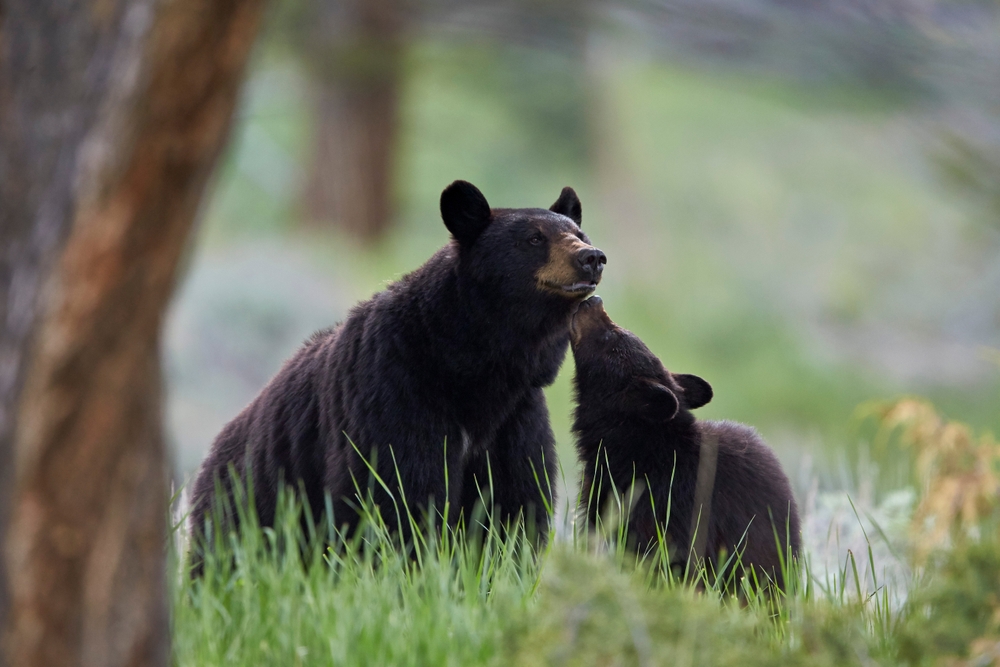
Black bears might seem like the teddy bears of the wilderness, but don’t let their cuddly appearance fool you. These creatures aren’t looking for a picnic basket—they’re wild and unpredictable. Found in numerous national parks like the Great Smoky Mountains, they’re known for their curiosity and incredible strength. While they’re generally not aggressive, they can be dangerous when surprised or protecting their young. So keep your distance, secure your food, and enjoy watching them from afar.
2. Mountain Lions: The Stealthy Stalkers
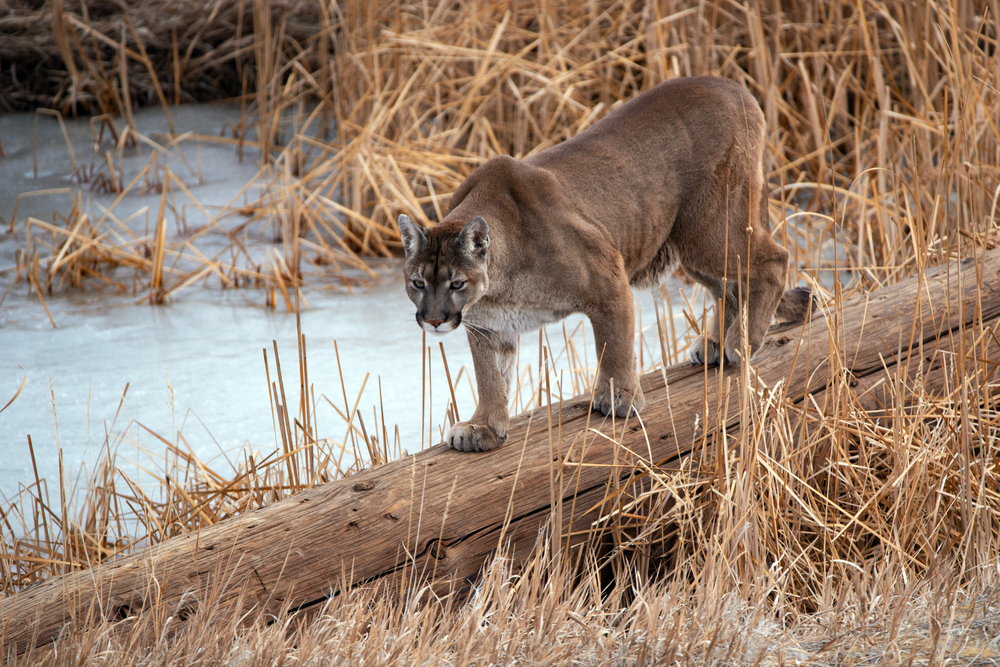
With an air of mystery and elegance, mountain lions are the elusive ghosts of the national parks. These big cats are mostly found in parks like Yosemite and Glacier, and they prefer to avoid humans. However, they are apex predators and can become a threat if they feel cornered or if humans encroach on their territory. Stay vigilant, make noise on trails, and always give these majestic creatures their space to roam freely.
3. Bison: The Gentle Giants with a Temper
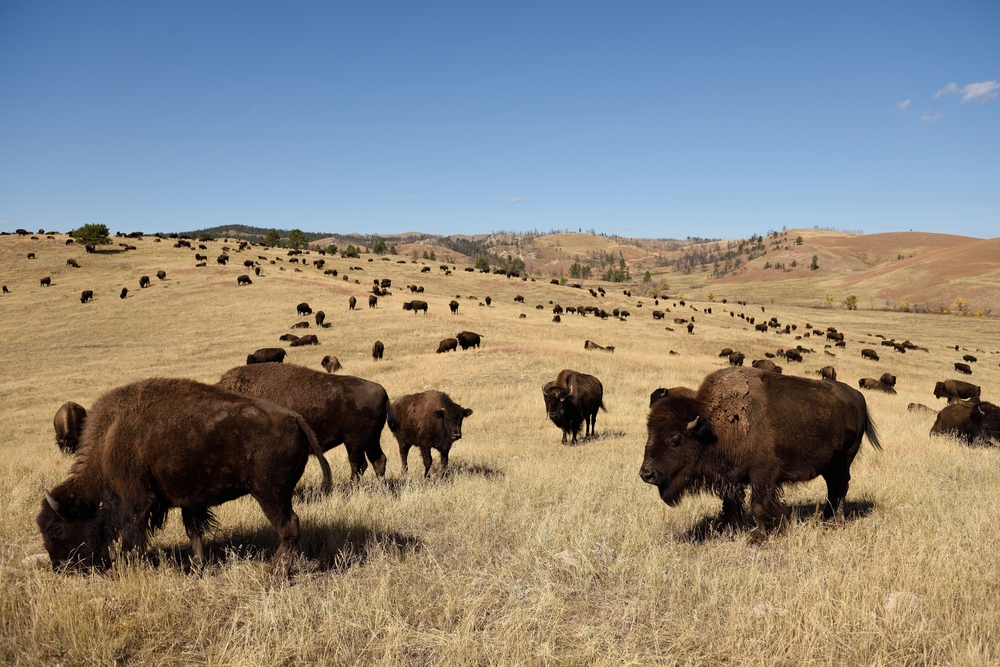
Bison are icons of the American wilderness, representing strength and endurance. Found in Yellowstone and other Western parks, these massive animals seem docile as they graze. But get too close, and you might provoke a charge. Despite their bulky appearance, bison can run up to 35 miles per hour, and their horns are no joke. Admire these magnificent beasts from a distance and respect their space to stay safe.
4. Grizzly Bears: The Kings of the Forest
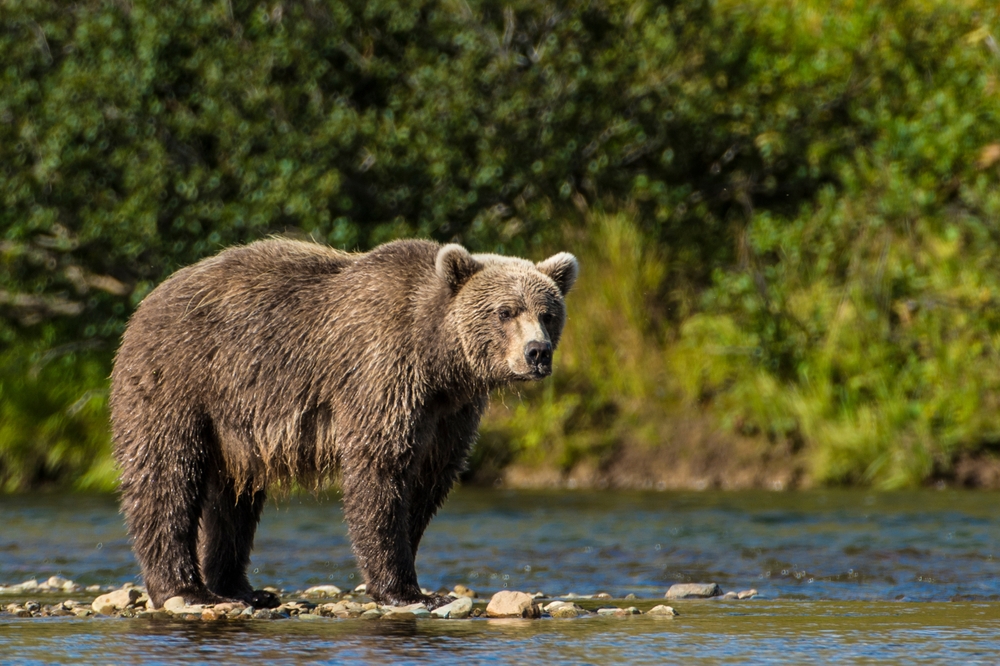
Grizzly bears are the heavyweight champions of the North American forests, mainly residing in parks like Yellowstone and Denali. Known for their sheer size and power, grizzlies are generally solitary but can be protective, especially when it comes to their cubs. Carry bear spray, make noise while hiking, and be bear-aware to reduce any chance of a negative encounter with these incredible animals.
5. Wolves: The Pack Predators
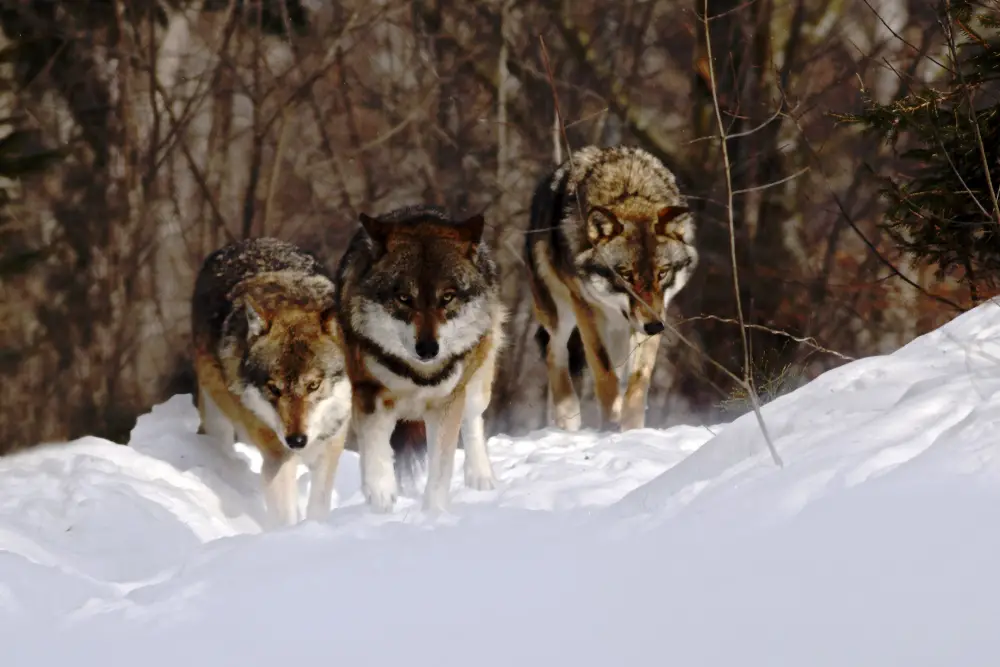
Wolves, often romanticized in folklore, are both feared and revered. These social animals are found in places like Yellowstone, where they hunt in packs. They usually steer clear of humans, but it’s vital to remember that wolves are skilled predators. Appreciate their howls echoing through the valleys, but keep your distance and respect their role in the ecosystem to avoid any potential conflicts.
6. Alligators: The Swamp Ambassadors
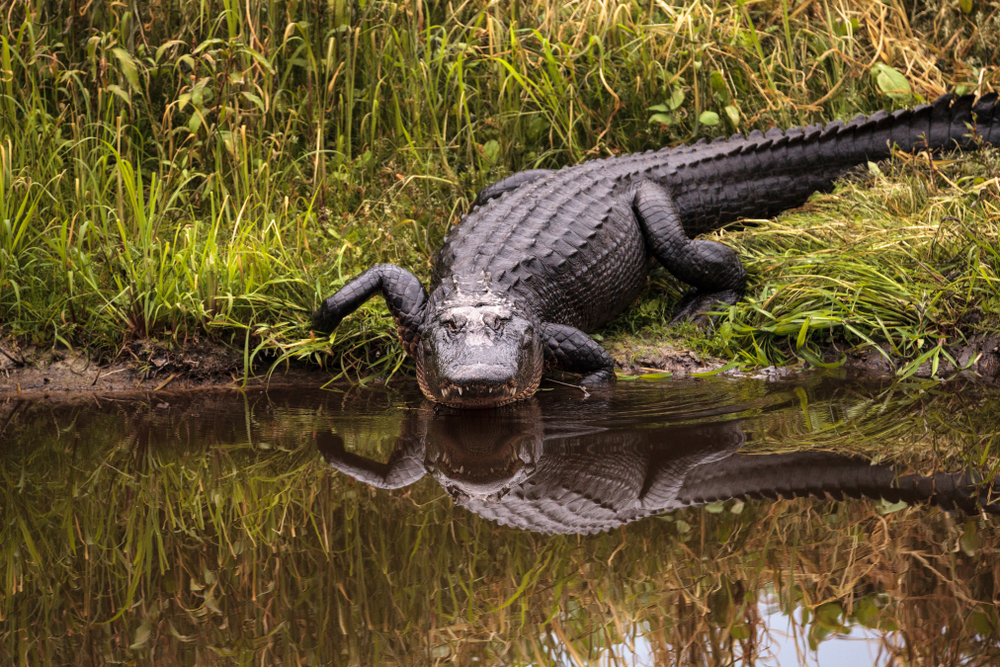
Alligators might bring to mind Florida swamps, but they’re also residents of national parks like the Everglades. These ancient reptiles are fascinating yet formidable, capable of swift, powerful movements both in water and on land. While attacks on humans are rare, it’s wise to heed park warnings, avoid swimming in their habitats, and keep a safe distance from these prehistoric predators.
7. Elk: The Unexpected Challengers
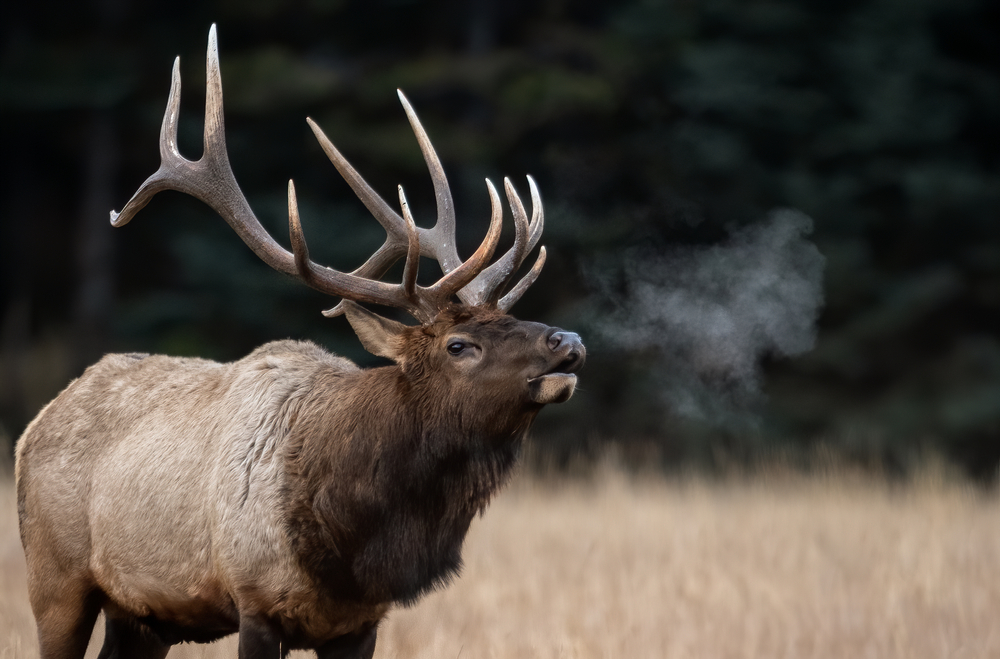
Elk are among the largest members of the deer family, frequently seen in parks like Rocky Mountain and Yellowstone. Rutting season is their prime time for showing off, and males can become aggressive as they compete for mates. While they may seem like the deer you see in your backyard, these creatures are anything but. Give them plenty of space during this time and enjoy their bugling from a safe vantage point.
8. Rattlesnakes: The Hiss That Demands Respect
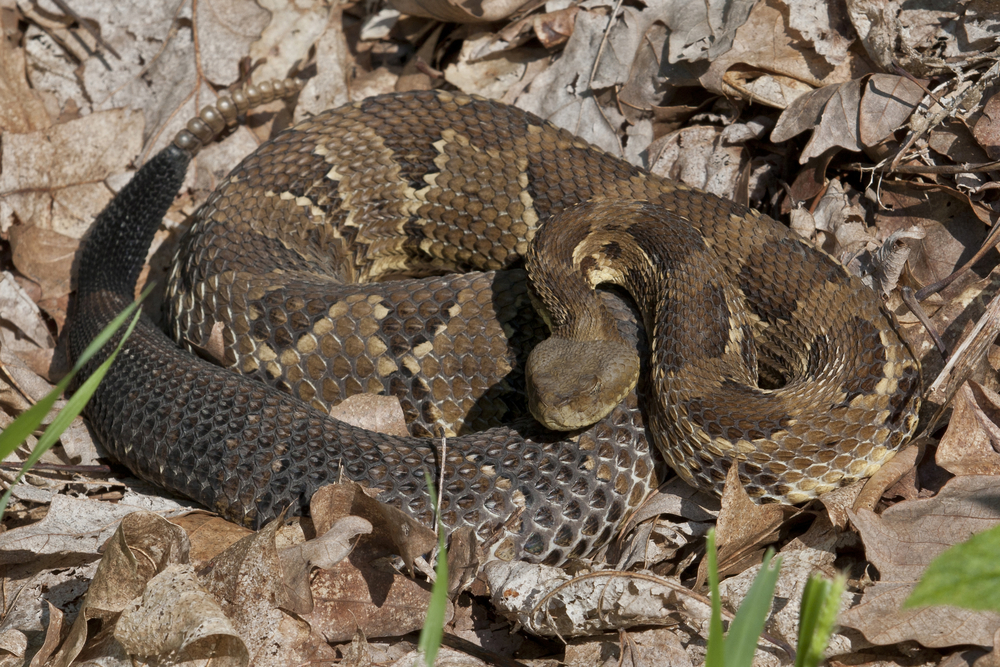
Rattlesnakes are the rattling heralds of the desert and rocky terrains, found in many parks such as Grand Canyon and Joshua Tree. Their signature rattle is a warning to stay back, and it’s wise to heed it. These snakes are mostly shy and will avoid confrontation, but they are venomous defenders when threatened. Stay on trails, watch where you step, and appreciate the rattlesnake’s role in controlling rodent populations.
9. Moose: The Towering Titans
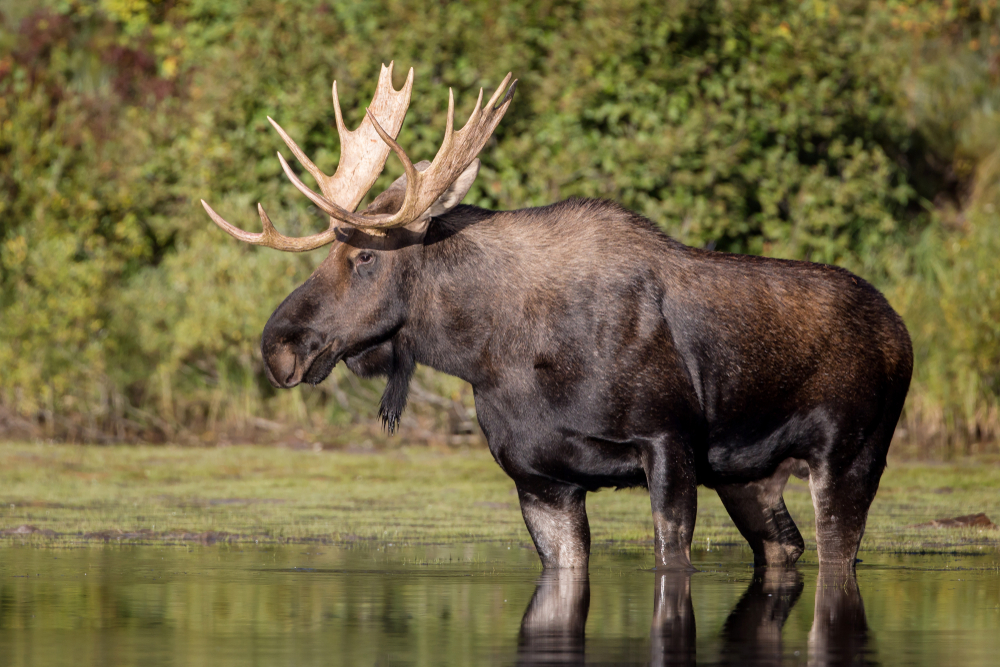
With their long legs and impressive antlers, moose are mesmerizing to watch in parks like Grand Teton and Denali. Despite their calm demeanor, they can be surprisingly aggressive, especially mothers with calves or males during the rut. Moose are unpredictable and can charge if they feel threatened. Admire their grandeur from a respectful distance to ensure both your safety and theirs.
10. Coyotes: The Adaptable Opportunists
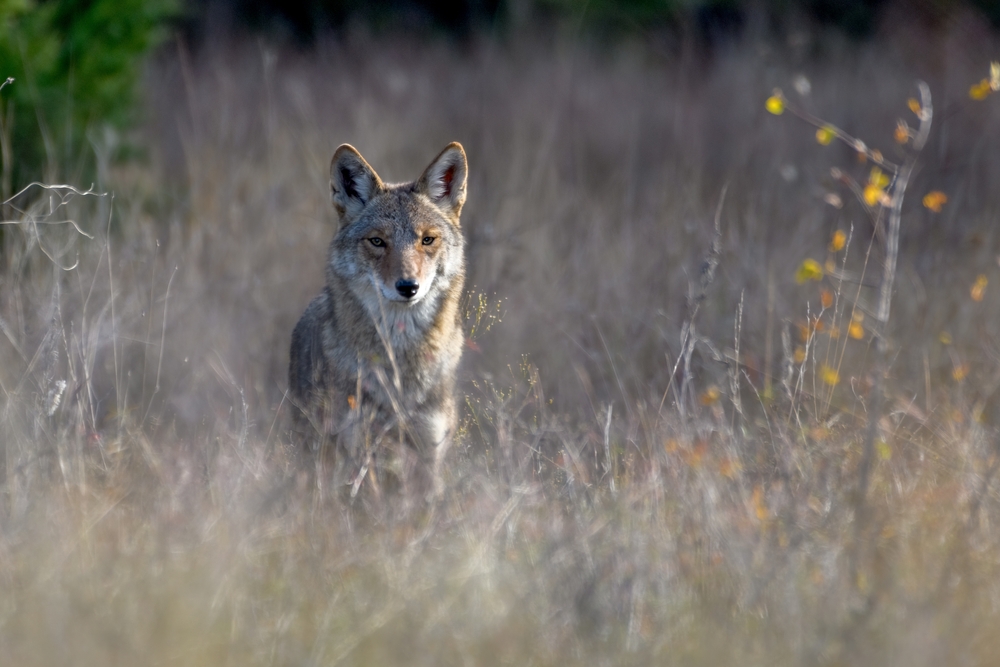
Coyotes are the clever, adaptable canines of the national parks, found almost everywhere from Yosemite to the Everglades. They are curious creatures, often seen trotting through campsites in search of food. While they’re generally not a direct threat to humans, they can become aggressive if fed or habituated. Avoid feeding wildlife, secure your food, and let coyotes remain the wild scavengers they’re meant to be.
11. Brown Recluse Spiders: The Secretive Spinners
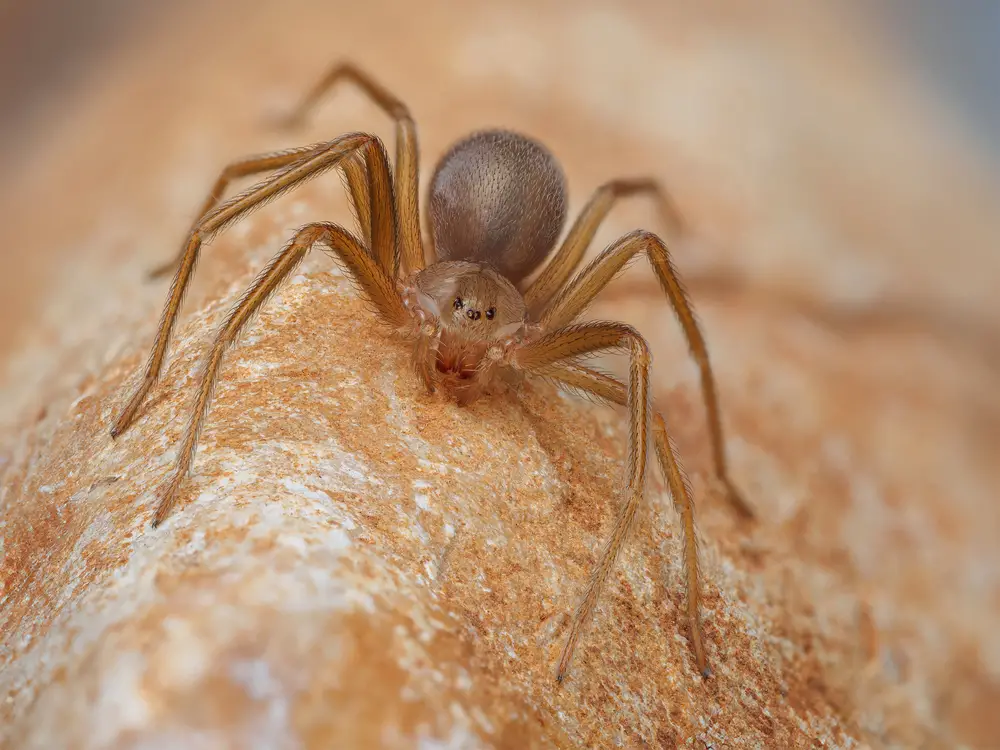
Brown recluse spiders are the introverts of the animal kingdom, often hiding away in dark corners of parks like the Ozarks. Their bite is venomous and can result in serious reactions, although they are not aggressive. They prefer to retreat rather than bite, and encounters are rare. Check your shoes and gear, and shake out any clothing left on the ground to avoid unwanted surprises from these secretive spinners.
12. Scorpions: The Nocturnal Navigators
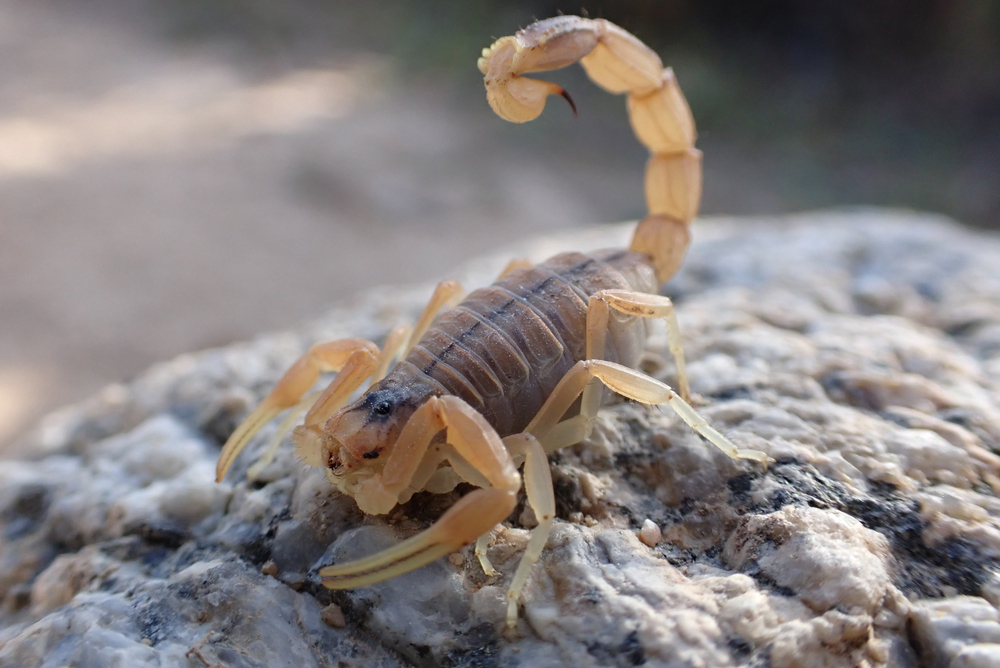
Scorpions, with their distinctive curled tails, scuttle through the night in desert parks such as Joshua Tree and Saguaro. While their sting can be painful, only a few species pose serious threats to humans. These nocturnal creatures are fascinating yet intimidating, often hiding under rocks or debris. Use a UV light to spot them from a safe distance and educate yourself about the types found in the area to better appreciate their unique adaptations.
13. Wild Boars: The Relentless Rooters
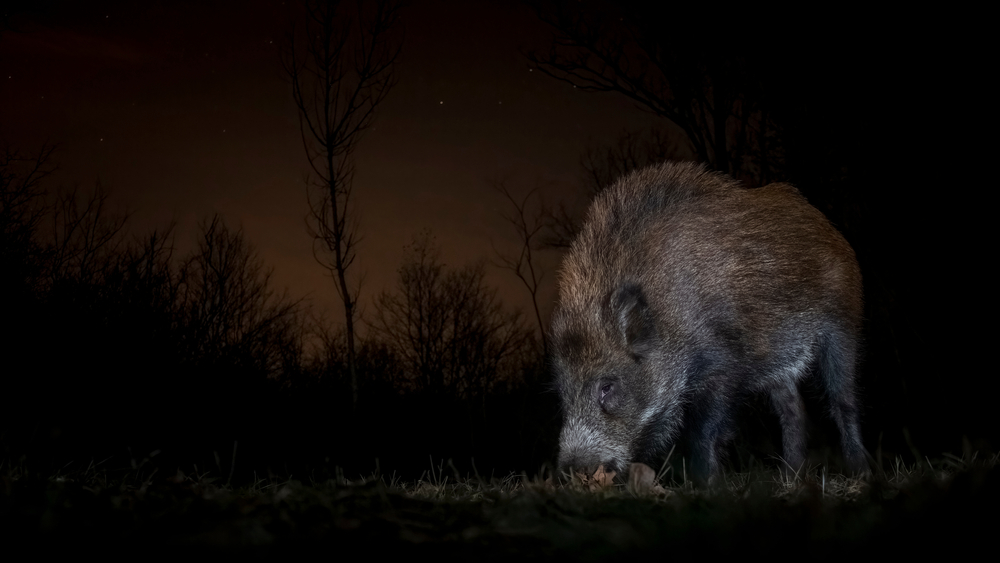
Wild boars, or feral pigs, are the bulldozers of the animal world, thriving in parks like Great Smoky Mountains. They are known for their digging prowess and can be aggressive if cornered or threatened. These animals are opportunistic omnivores and can cause significant ecological damage. Keep your distance, avoid approaching them, and appreciate their remarkable adaptability from afar.
14. Bobcats: The Silent Stalkers
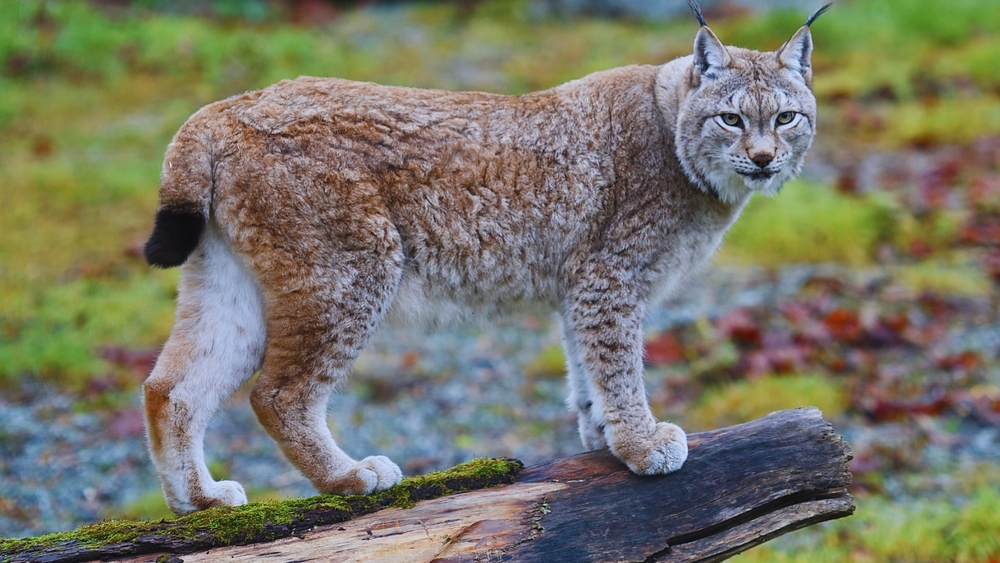
Bobcats are the stealthy, spotted hunters of the wild, found in numerous parks across the U.S. These medium-sized cats are elusive and prefer to avoid human interaction. While they are not typically dangerous to people, they are skilled hunters capable of swift, powerful movements. Enjoy the rare sight of a bobcat from a distance and respect their silent, essential role in maintaining the balance of nature.
